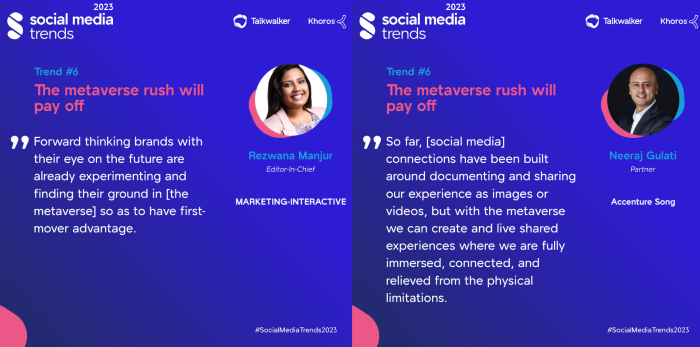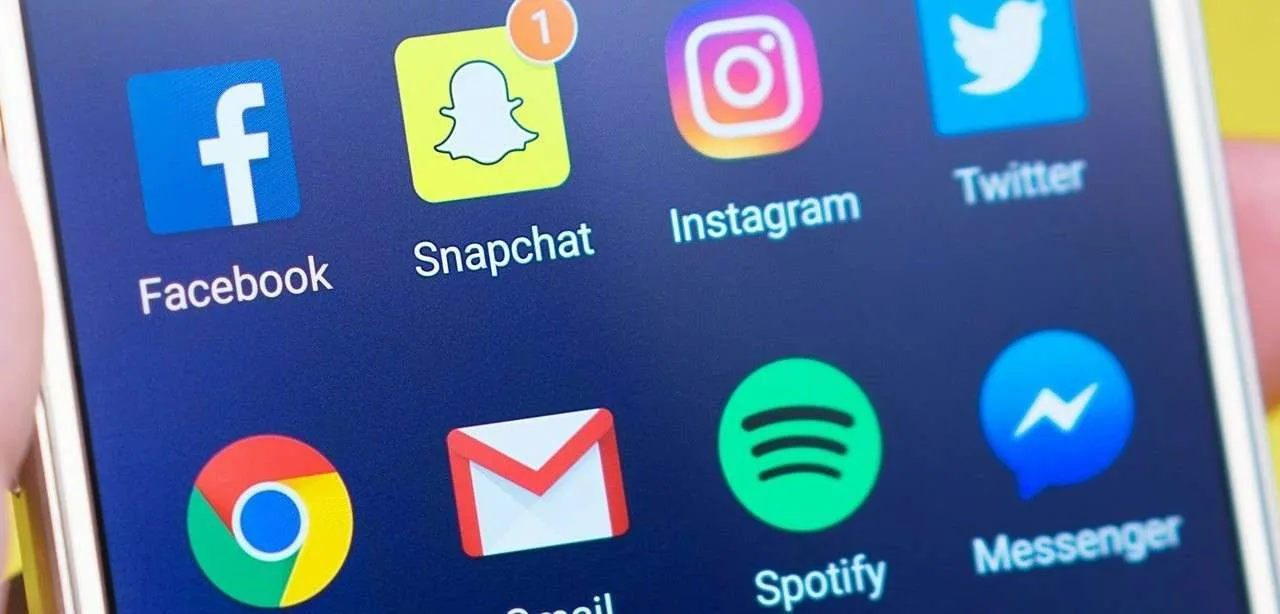In the digital age, social media has become a powerful platform for communication and expression. In India, with its rich linguistic diversity, social media usage has led to fascinating trends in language use, bridging gaps between regions and cultures. This article delves into the emerging trends in language use on social media in India, highlighting the integration of regional languages, the rise of Hinglish, and the overall impact on digital communication.
The Rise of Regional Languages on Social Media
1.1. Increasing Popularity
Overview: With the increasing internet penetration and smartphone usage, regional languages have found a significant presence on social media platforms in India.
Key Points:
- Regional Content Creation: More content creators are producing content in their native languages to connect with local audiences.
- Platform Support: Social media platforms like Facebook, Twitter, and YouTube have incorporated regional language interfaces.
Examples:
- YouTube Channels: Regional language YouTube channels, such as Tamil, Telugu, and Bengali, have millions of subscribers.
- Facebook Pages: Numerous popular Facebook pages and groups cater to specific linguistic communities, fostering regional language engagement.
1.2. Empowering Local Communities

Overview: Social media has empowered local communities by providing them a platform to express themselves in their native languages.
Key Points:
- Cultural Preservation: Regional languages on social media help preserve and promote local cultures and traditions.
- Community Engagement: Local issues and events are discussed and disseminated widely within regional language communities.
Examples:
- Local News: Regional news outlets use social media to reach a broader audience with news updates in local languages.
- Cultural Content: Festivals, folk tales, and traditional practices are shared and celebrated on social media in regional languages.
The Emergence of Hinglish and Other Language Hybrids
2.1. The Popularity of Hinglish
Overview: Hinglish, a blend of Hindi and English, has become a prevalent mode of communication on social media in urban India.
Key Points:
- Ease of Use: Hinglish allows users to express themselves more fluidly, combining the ease of English with the emotional depth of Hindi.
- Youth Culture: Hinglish is particularly popular among the youth, reflecting their bilingual upbringing and cultural hybridity.
Examples:
- Memes and Humour: Hinglish is often used in memes, jokes, and casual conversations on platforms like Instagram and Twitter.
- Advertisements: Many brands use Hinglish in their social media campaigns to connect with a broader, younger audience.
2.2. Other Language Hybrids
Overview: Beyond Hinglish, other language hybrids are emerging on social media, reflecting India’s multilingual reality.
Key Points:
- Tanglish: A mix of Tamil and English, used widely in Tamil Nadu.
- Benglish: A blend of Bengali and English, popular in West Bengal.
Examples:
- Regional Hybrids: Social media users mix their native languages with English to create engaging and relatable content.
- Content Creation: Bloggers, influencers, and content creators often switch between languages to appeal to diverse audiences.
Social Media Platforms and Language Integration
3.1. Multilingual Interfaces
Overview: Social media platforms are increasingly supporting multiple languages, catering to India’s diverse linguistic population.
Key Points:
- User Accessibility: Platforms like Facebook, Twitter, and Instagram offer interfaces in various Indian languages.
- Content Discovery: Users can discover and interact with content in their preferred languages, enhancing engagement.
Examples:
- Language Options: Facebook offers its interface in over a dozen Indian languages, including Hindi, Bengali, and Marathi.
- Regional Trends: Twitter shows trending topics based on regional languages, facilitating localized conversations.
3.2. AI and Language Translation
Overview: Advances in AI and machine learning are improving language translation and transliteration features on social media platforms.
Key Points:
- Real-Time Translation: Social media platforms are incorporating real-time translation features, enabling cross-lingual communication.
- Transliteration Tools: Tools that convert text from one script to another, such as from English to Hindi script, are becoming more common.
Examples:
- Facebook’s Translate Feature: Automatically translates posts and comments to the user’s preferred language.
- Google’s Gboard: Offers transliteration for typing in regional languages using the Roman alphabet.
Impact on Communication and Cultural Exchange
4.1. Breaking Language Barriers
Overview: Social media is breaking down language barriers, enabling people from different linguistic backgrounds to interact and share ideas.
Key Points:
- Cross-Cultural Dialogues: Social media fosters cross-cultural dialogues, promoting understanding and collaboration.
- Information Dissemination: Information and news are disseminated widely across linguistic boundaries.
Examples:
- Multilingual Campaigns: Social media campaigns often run in multiple languages to reach diverse audiences.
- Viral Content: Content that goes viral transcends linguistic barriers, gaining traction across different language communities.
4.2. Cultural Exchange
Overview: Social media facilitates cultural exchange by exposing users to diverse languages, traditions, and practices.
Key Points:
- Cultural Appreciation: Users gain appreciation for different cultures through exposure to regional content.
- Shared Experiences: Social media platforms enable shared experiences, such as virtual celebrations of festivals.
Examples:
- Festivals Online: Celebrations like Diwali, Eid, and Christmas are shared widely on social media, with users posting in their native languages.
- Cultural Content: Traditional music, dance, and art are showcased on platforms like Instagram and YouTube.
Challenges and Future Prospects
5.1. Linguistic Digital Divide
Overview: Despite the advancements, a linguistic digital divide exists, with some languages and communities having limited access to social media.
Key Points:
- Digital Literacy: Limited digital literacy in rural and underserved areas restricts social media usage.
- Language Representation: Not all regional languages are equally represented on social media platforms.
Examples:
- Rural Access: Efforts to increase digital literacy and internet access in rural areas are ongoing.
- Language Inclusion: Social media platforms are working to include more regional languages in their interfaces.
5.2. Future Trends
Overview: The future of language use on social media in India looks promising, with continued integration of regional languages and technological advancements.
Key Points:
- Voice and Video: Increased use of voice and video content in regional languages.
- AI and Machine Learning: Continued improvements in language translation and transliteration.
Examples:
- Voice Search: Growing popularity of voice search and voice commands in regional languages.
- Content Creation: More creators producing regional language content using advanced tools and platforms.
Conclusion
The trends in language use on social media in India reflect the country’s rich linguistic diversity and dynamic digital landscape. From the rise of regional languages and Hinglish to the integration of AI-driven translation tools, social media is transforming communication and cultural exchange in India. While challenges remain, the future holds promising prospects for greater inclusivity and linguistic representation on digital platforms.

